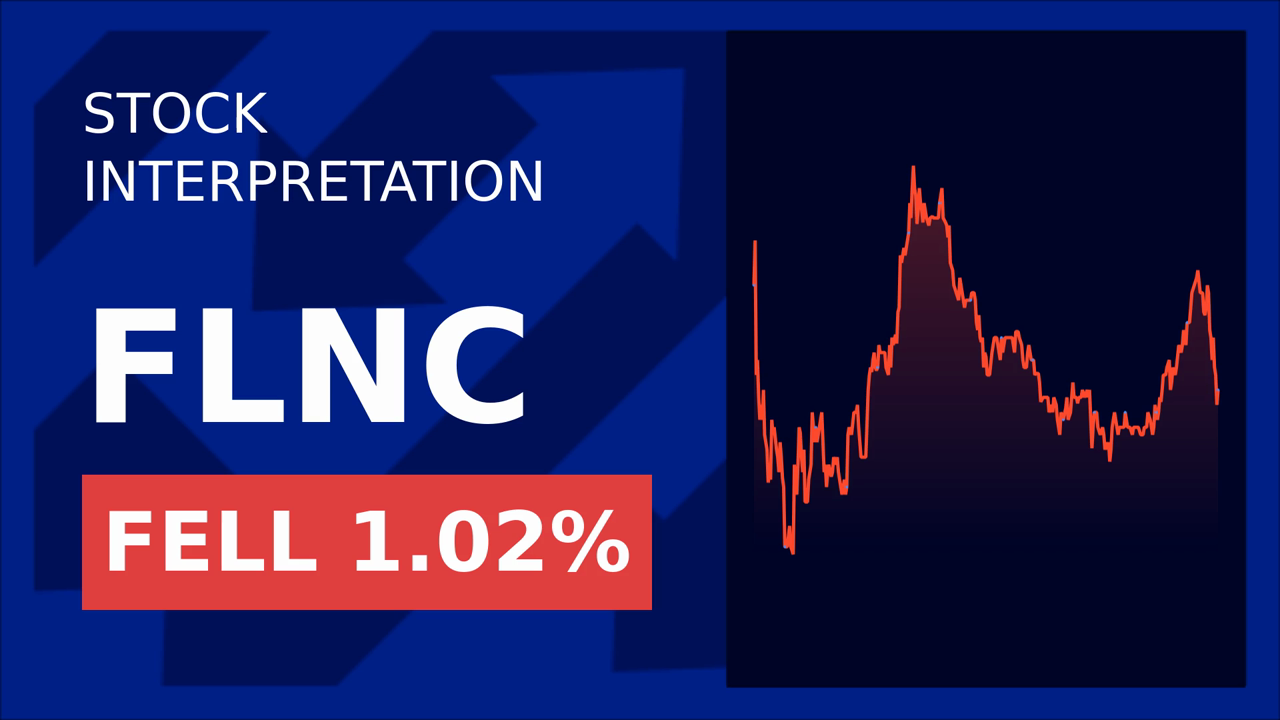U.S.-China Tariff Pause Sparks 2.61% Dow Surge
The U.S. and China have agreed to a 90-day pause on punitive reciprocal tariffs, reducing rates to more manageable levels. This agreement was announced by U.S. President Donald Trump, who described the talks as a “total reset” in trade relations with China. The tariff rate on Chinese goods will decrease from 145% to 30%, which includes a 10% base rate and an additional 20% tariff due to China’s alleged role in the fentanyl trade. Concurrently, Chinese tariffs on U.S. goods will be set at 10%.
Ask Aime: "Will the new tariff agreement between the US and China affect stock prices?"
This news sparked one of the strongest days for equity markets in recent memory. The Dow Jones Industrial Average surged by approximately 1,000 points, increasing 1,078 points, or 2.61%, to trade at around 42,300 mid-afternoon. The S&P 500 stood at 5,834, up 174 points or 3.08%. The tech-heavy Nasdaq had an even better day, trading at 18,683, gaining 754 points or 4.21%.
Among individual stocks, some of the biggest gainers were companies most affected by tariffs on China. Amazon was up 8.01%, Apple rose 6.39%, Tesla gained 6.48%, and Nvidia climbed 5.12%. All of these companies have significant ties to China. The stocks also helped with the dollar recovery. The dollar index was at 101.94, up 1.59%.
The agreement was reached over the weekend in Switzerland, involving high-level officials from both nations. The joint statement released by The White House detailed that starting from May 14, both countries would implement significant tariff reductions. The U.S. tariff on Chinese imports would decrease to 30% from as high as 145%, while China's tariff on American goods would drop to 10% from 125%. This move was seen as a temporary measure to ease tensions and provide a breathing room for further negotiations. The 10% baseline tariff and other U.S. measures would remain in place, indicating that the agreement was not a complete resolution but a step towards a more stable trade relationship.
The market reaction was swift and positive. The S&P 500 index rose by 153 points, or 2.7%, reaching 5,812. The Nasdaq Composite also saw a significant increase of 3.4%, reflecting relief from tech companies that had been grappling with the impact of steep Chinese tariffs on their supply chains. Major tech stocks like Nvidia and Apple experienced gains of 3.3% and 5.9%, respectively. This surge in the stock market was a clear indication of investor optimism and a sigh of relief from businesses that rely heavily on cross-border trade.
The agreement was viewed as a "historic fresh start" by many analysts, who noted that the temporary easing of tariffs could pave the way for a more lasting trade agreement. However, there were also cautions about potential volatility as the 90-day tariff pause approaches its end. Investors were advised to focus on signs that the temporary fix could be turned into a more permanent solution.
The impact of the trade deal was not limited to the stock market. The value of the dollar climbed against other major currencies, and crude oil prices jumped by more than 3%. The 10-Year Treasury Yield also rose to 4.4%, its highest level since April 11. These movements highlighted the broader economic implications of the trade agreement, as investors and businesses adjusted their strategies in response to the changing trade landscape.
The sectors that benefited the most from the tariff reductions included retail, tech, and travel. Companies like Amazon, which has a significant portion of its products manufactured in China, saw a rise of more than 7%. The travel industry also experienced a boost, with Delta Air Lines and American Airlines each soaring by more than 6%. Apparel and footwear companies, whose production is often based in China and elsewhere in Asia, saw substantial gains, with Lululemon leaping by 10% and Nike rising by 7.3%.
Overall, the trade deal was seen as a positive development for the U.S. economy, providing a much-needed respite from the trade tensions that had been escalating over the past few months. The agreement not only boosted investor confidence but also provided a clearer path forward for businesses that had been navigating the complexities of the trade war. As the 90-day period unfolds, the focus will be on whether the temporary tariff reductions can be extended into a more comprehensive and lasting trade agreement.



_442a2dcc1749832873286.jpeg)
_e68fac6d1749831664430.jpeg)






